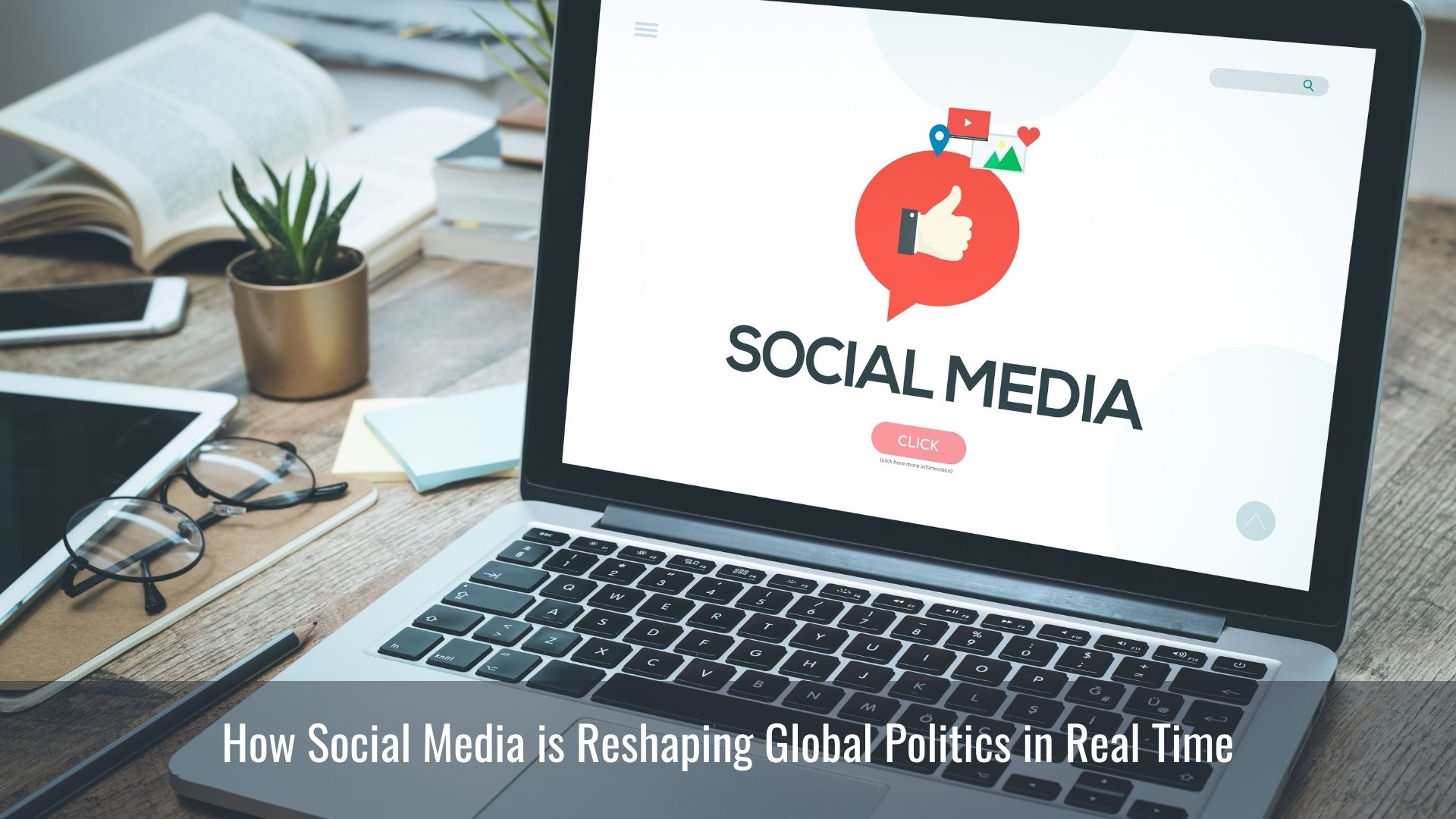Introduction
Social media has become a powerful force in shaping political landscapes worldwide. From election campaigns to government policies, platforms like Twitter, Facebook, and TikTok influence real-time political decisions, sparking movements and reshaping governance structures. But how exactly is this happening, and what are the implications for democracy, transparency, and misinformation?
1. The Rise of Digital Political Movements
Social media has given rise to grassroots political movements that can quickly gain global attention. Hashtags, viral videos, and live-streamed protests have played crucial roles in mobilizing people, pressuring governments, and even bringing about legislative changes.
Notable Examples:
- #MeToo Movement – Exposed widespread issues of sexual harassment, leading to policy changes worldwide.
- Arab Spring (2011) – Demonstrated how social media could mobilize revolutions.
- Black Lives Matter (#BLM) – Used platforms like Twitter and Instagram to push for racial justice reforms.
Political activism is no longer confined to the streets—it now thrives in the digital sphere.
2. Politicians and Governments Leveraging Social Media
World leaders and politicians now use social media to communicate directly with citizens, bypassing traditional media channels. This allows for real-time engagement but also raises concerns about misinformation and propaganda.
Examples of Political Leaders Using Social Media Effectively:
- Donald Trump (Former U.S. President) – Twitter is a primary communication tool that shapes policies and debates instantly.
- Narendra Modi (Indian Prime Minister) – Engages millions through digital campaigns, influencing public sentiment.
- Volodymyr Zelenskyy (Ukrainian President) – Uses social media to gain international support for Ukraine amid war.
While this direct communication fosters transparency, it also creates risks of misinformation and political polarization.
3. Social Media’s Role in Election Campaigns
Election campaigns have significantly shifted towards digital strategies. From targeted ads to voter outreach, social media allows candidates to engage with younger demographics and undecided voters.
Key Trends in Political Campaigns:
- Micro-targeted Ads – Political parties use AI-driven analytics to deliver customized campaign messages.
- Influencer Endorsements – Social media influencers are crucial in shaping political opinions.
- Fact-Checking Initiatives – Platforms now work with independent agencies to combat fake news.
However, concerns about data privacy, foreign interference, and disinformation remain significant.
4. Misinformation and Fake News: The Dark Side of Political Social Media
While social media can democratize political discussions, it also serves as a breeding ground for fake news and misinformation. Deepfake videos, AI-generated content, and bots are increasingly used to manipulate public opinion.
Impact of Misinformation:
- Election Interference – Fake news influenced voter behavior in elections, such as the 2016 U.S. Presidential election.
- Health Misinformation – COVID-19 misinformation spread rapidly, affecting public health responses.
- Polarization and Echo Chambers – Algorithms reinforce political biases, making it harder for diverse viewpoints to coexist.
Tech companies are under growing pressure to regulate content and improve fact-checking measures.
5. Censorship vs. Free Speech: The Ongoing Debate
Governments worldwide are grappling with regulating social media while maintaining free speech. Some nations impose strict regulations, while others advocate for a hands-off approach.
Different Approaches to Social Media Regulation:
- China – Strict censorship with platforms like WeChat and Weibo controlled by the government.
- Europe (EU) – Implement strict digital regulations like the Digital Services Act.
- United States – Faces debates over Section 230, which protects tech companies from liability over user content.
Finding a balance between preventing harmful content and preserving democratic free speech remains challenging.
Conclusion
Social media is no longer just a platform for personal connections—it is a battleground for political influence, activism, and policy-making. While it offers greater transparency and engagement opportunities, it also presents risks of misinformation, manipulation, and censorship.
As digital landscapes evolve, governments, tech companies, and users must work together to ensure that social media strengthens democracy rather than undermines it.
What do you think? Is social media helping or harming global politics? Let’s discuss it!

